Sensoji Temple: Learn the Basics of Japanese Buddhism

Sensoji Temple is a famous destination frequented by locals and tourists in Asakusa. In fact, it is the oldest Buddhist temple in Tokyo, dedicated to the goddess Kannon. Let's learn some basics of Japanese Buddhism at this iconic holy site.
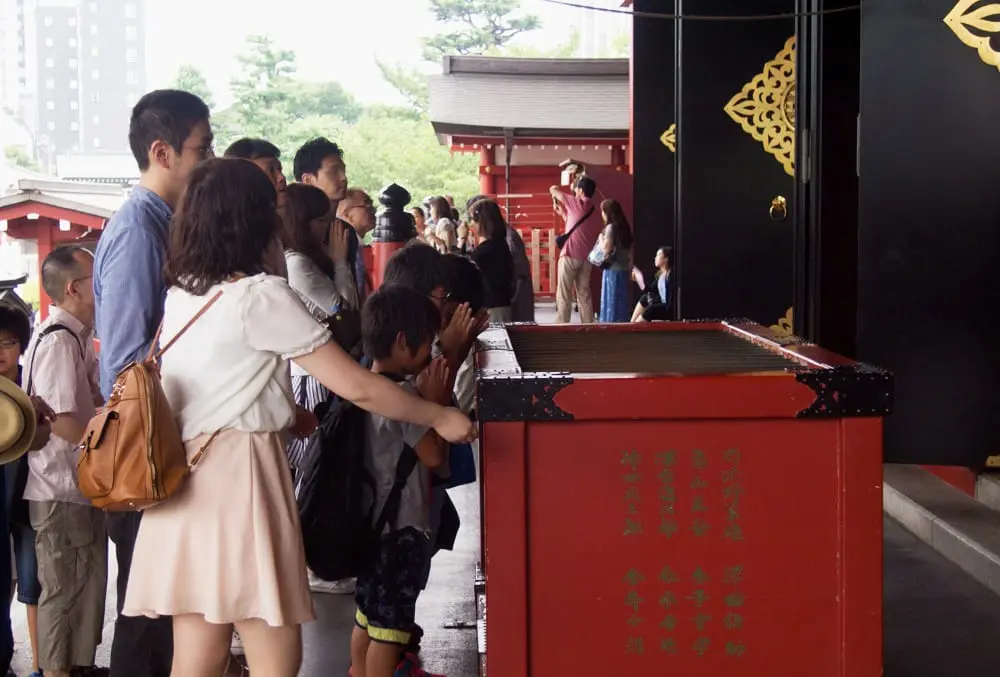
Sensoji Temple is located in the heart of Asakusa. Each year, the holy site is visited by a steady stream of local and overseas travelers. Sensoji Temple is also known as Asakusa Kannon Temple, where worshippers come by the thousands.
Are you familiar with the name Kannon? While it may be a familiar to some, many visiting Sensoji Temple have no idea what this word refers to.
The Meaning of Kannon
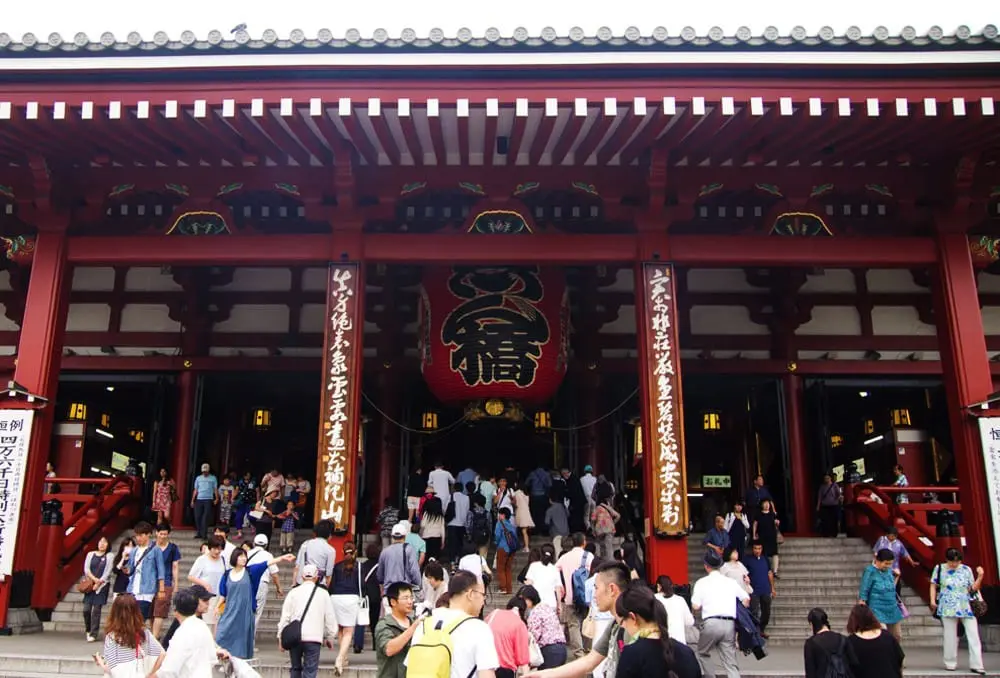
After walking through Kaminarimon (Thunder Gate) and the bustling shopping street, you will arrive at the main temple building. The area where the Kannon is enshrined frequently has a long line of worshipers waiting to pay their respects.
Kannon-sama or Kannon Boddhisattva is a Buddhist terminology for the goddess of compassion and mercy. It is said that the Kannon will take away one's suffering and aid in conflicts.

From the outer sanctuary of the main hall, visitors can view the palace, or gokuden, where the Kannon is enshrined. This image of the goddess is known as a gohibutsu: a Buddhist image normally hidden from the public for reasons far too many to mention in one article.
There is a custom observed at Sensoji Temple after you've finished making offerings and prayers. It is customary to clasp your hands in front of your chest and say "Namu Kanzeon Bosatsu": a Japanese Buddhist form of saying "Amen to Kannon Boddhisattva." "Namu" is simply the Japanese version of the sacred sound "Om."
Differences Between Buddha, Kannon, and Nyorai
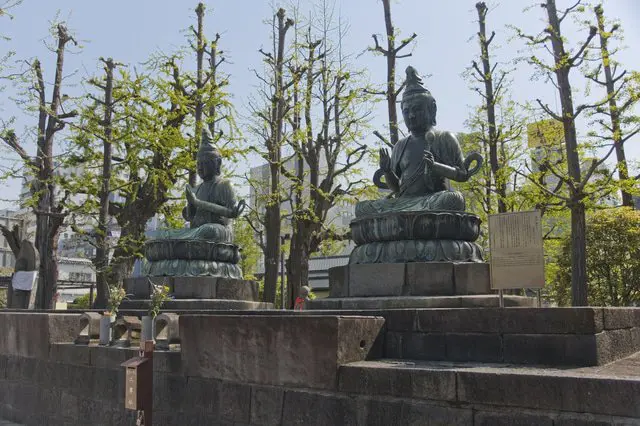
The three honorable Buddhas. Photo by Pixta
Kannon has the same meaning as Bosatsu or Boddhisattva. But what does that exactly mean?
A Buddha and Bosatsu are practically the same thing in the simplest terms. A Bosatsu or Boddhisattva is a deity that has vowed to save all beings before officially becoming a Buddha. It is said that this state was modeled after the Buddha during his ascetic practices.
For reference, the picture above shows a Kannon Bosatsu found at Sensoji Temple. The long flowing robe, necklace, and ornaments adorning the figure have given many the impression that Kannon is female. However, it is not explicitly said whether Kannon is male or female.
Nevertheless, Kannon-sama is generally accepted as female and depicted this way in most works found in Japan.

This is the 1.8-meter-tall statue of Amida Nyorai at the back of Yokodo Hall within the grounds of Sensoji Temple. In comparison to the Kannon Bosatsu statue, you can see that the Amida Nyorai has fewer adornments and appears more simple.
The Nyorai is also similar to both Bosatsu and Buddha. Like the Buddha, the depicted image captures the ascetic after attaining enlightenment. In other words, Nyorai is the Japanese term for figures who have attained enlightenment, known as Tathagata in Sanskrit or Pali.
The distinct hairstyle of these statues is called rahotsu in Japanese. Each spiral-shaped strand of hair is individually wrapped from the right to create this style.
In Conclusion
There is far more to Japanese Buddhism, let alone Buddhism in general, that could be covered in a single article. With that said, a basic understanding or awareness of the religion will make a visit to Asakusa's Sensoji Temple all the more special and profound.
When visiting the Kannon at Sensoji Temple, please keep what you have learned here in mind.
Hotels near Sensoji Temple
94年生まれ。神戸出身、東京在住。アメリカからの帰国子女。旅、アート、食が大好きな大学生。



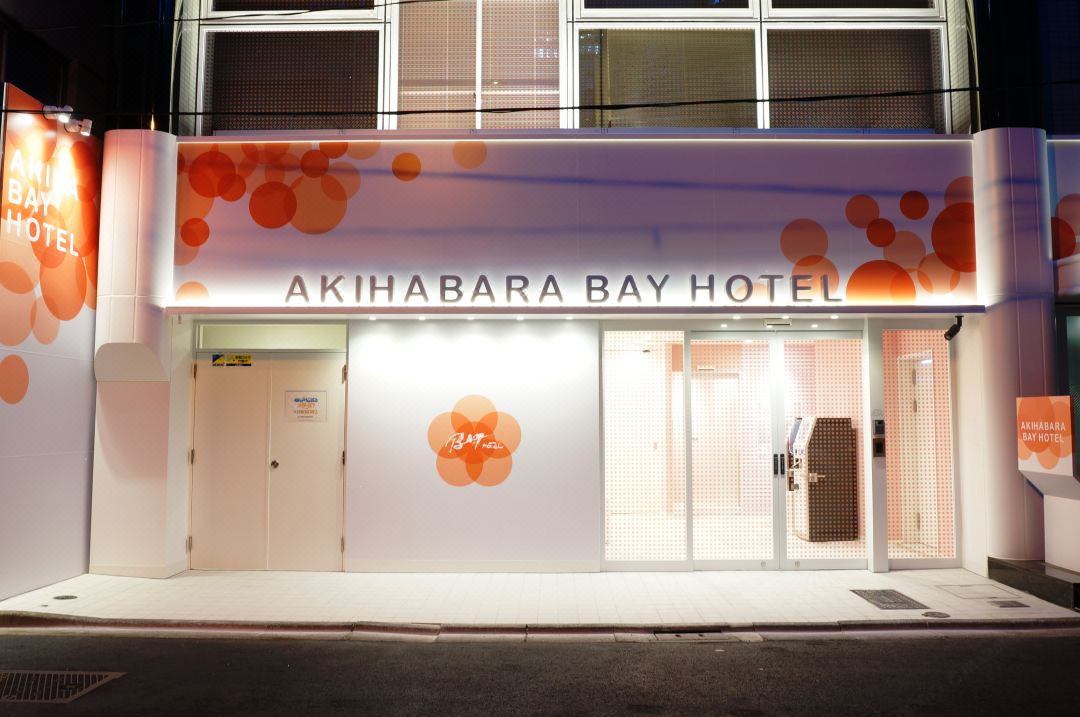

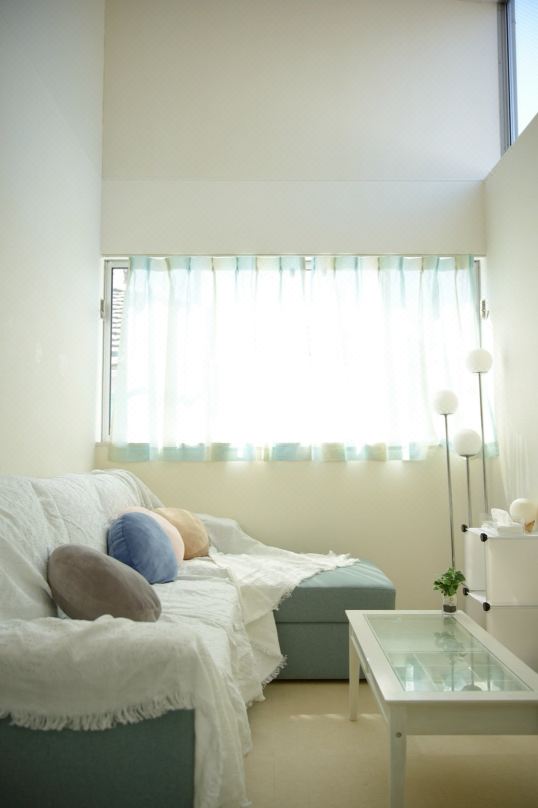
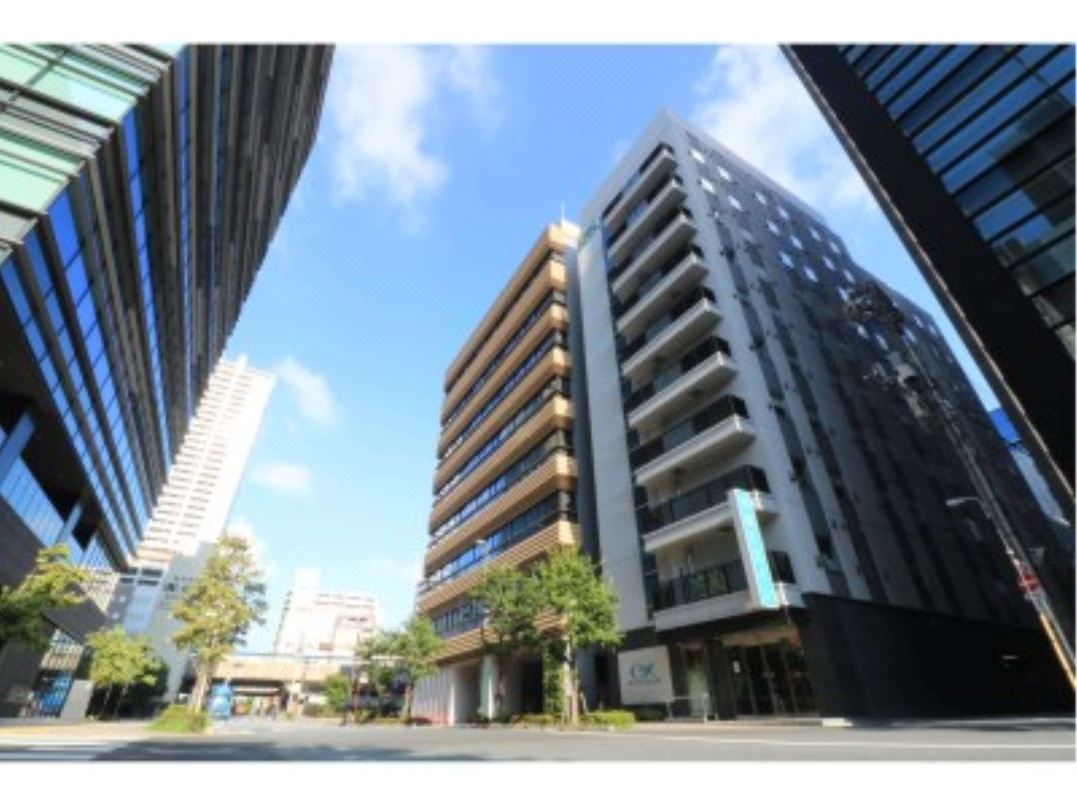







































![[2026] Top 5 Strawberry Picking Spots in Tokushima, Naruto| Farms and Access Guide for January to May](https://resources.matcha-jp.com/resize/720x2000/2025/03/06-227165.webp)
![[Yamanashi/ Hokuto City] 4 Hot New Spots Opening in 2026](https://resources.matcha-jp.com/resize/720x2000/2025/12/12-252747.webp)


